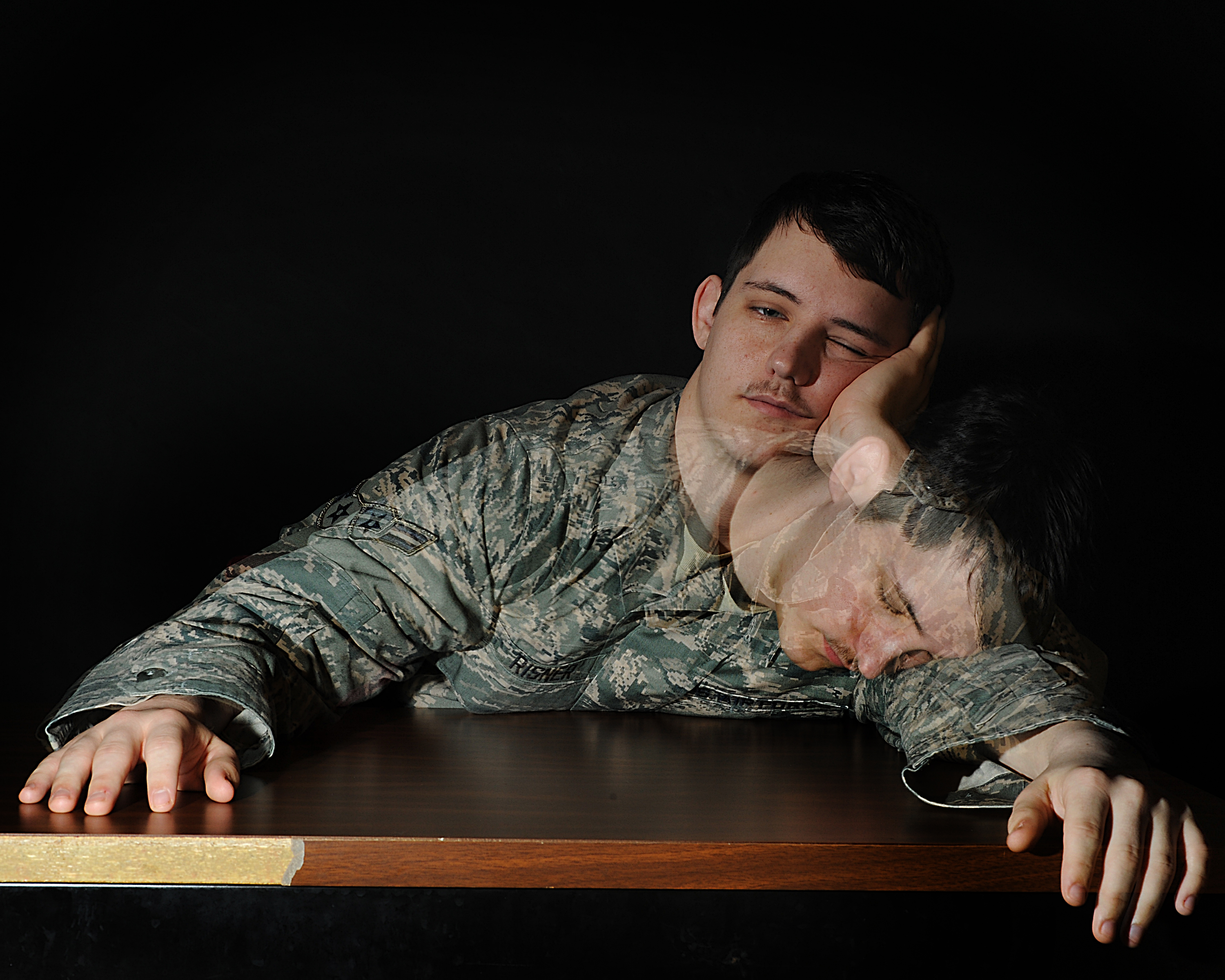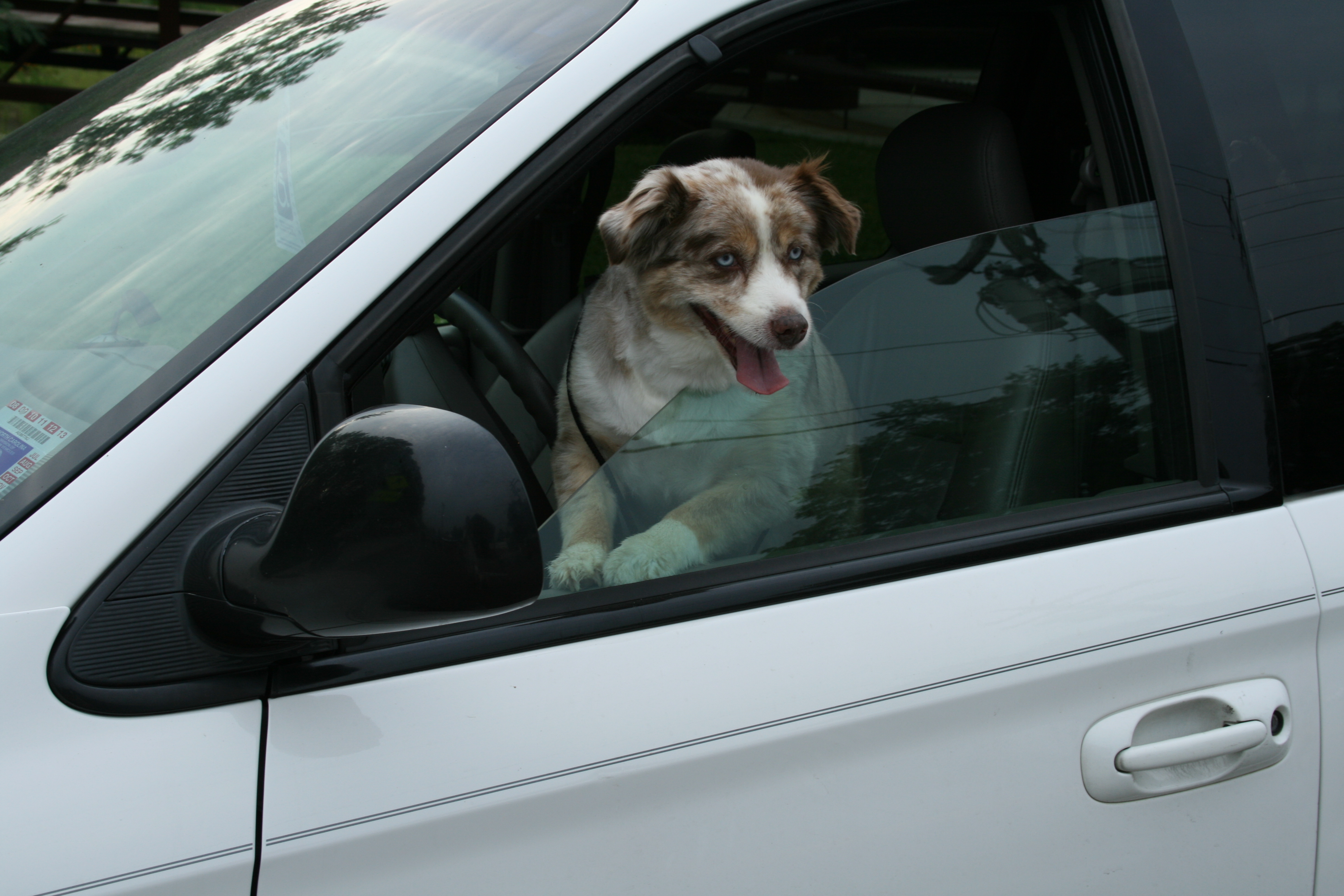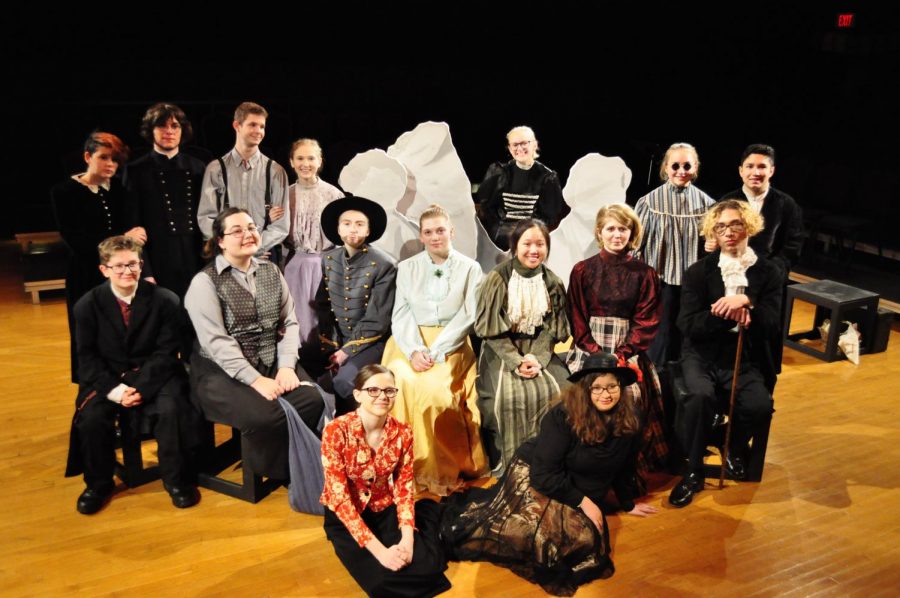1. Genuphobia
Many people would agree knees are not the most attractive part of the human body. However, people with Genuphobia have an actual fear of knees. This phobia is a rare one but can vary in severity. Some people are afraid of seeing bare knees in person. Some cannot even stand seeing uncovered knees even in a picture or movie. Some people are only afraid of another person’s knees, while others are afraid of their own knees as well. People with this fear may be afraid of kneeling. This phobia, like many others, may be triggered by a negative experience. People may develop the fear by experiencing a traumatic knee injury or from a cultural or religious practice they were forced into as a child where kneeling is required.
2. Ablutophobia
Ablutophobia – the fear of bathing, washing, or cleaning. This phobia occurs commonly in women and children. This anxiety disorder can start as a fear of showering or can manifest into a phobia of washing at all. This phobia can lead to several emotional and social problems in this modern world. Being unclean is seen as negative in society. Due to this, people with this phobia can have problems at work or school or they may feel isolated. They are even at a higher risk of developing body image disorders. Cognitive-behavior therapy and techniques can help treat this phobia. The phobia is highly treatable by trained professionals.
3. Hypnophobia
Most people hate leaving their bed in the morning. Many love to sleep all day. However, people with Hypnophobia have the abnormal fear of falling asleep or being hypnotized. The phobia is caused by the unconscious mind trying to formulate a protective mechanism. People with Hypnophobia experience rapid breathing, shortness of breath, sweating, irregular heartbeat, nausea and the overall feeling of dread. The phobia causes a decrease in overall health, low performance and productivity, lead to panic attacks and poor attention due to always dreading and obsessing over the phobia. Trained professionals or medication can help people live with Hypnophobia. However, the side effects and withdrawal of the medication can be severe.
4. Heliophobia
Fun in the sun and tanning – many people’s favorite summer activity. Not for people with Heliophobia – the fear of the sun and sunlight. Heliophobia can even cause some people to fear any bright lights as well. People tend to develop this phobia because they are afraid if they are in the sun too long, they will develop cancer. Others may have the fear because of a traumatic childhood event. Although extensive research has not been done on the phobia, there is thought to be hundreds or even thousands of people affected by this phobia. Symptoms of Heliophobia can be emotions, mental and physical. Medication may help the condition along with talk therapy and support groups.
5. Chaetophobia
Everyone has hair, but some people have an intense fear of it. Chaetophobia is the intense fear of hair. The fear can be of a single hair, the family pet, or someone they believe has too much hair. They often try to rid their bodies of hair and avoid animals and people with lots of hair. Like most phobias, Chaetophobia may be caused by a childhood trauma that involved hair. Others may also have a fear of germs and therefore see hair as dirty. People with Chaetophobia will avoid hair salons, hair brushes, homes with animals, and food not prepared by themselves that could contain a hair. Seeing a hair on themselves or others could lead to a panic attack. This phobia is related to Trichophobia, the fear of loose hairs, and Hypertrichophobia, the fear of hair on the body.
6. Haphephobia
The fear of being touched or touching, haphephobia, is a rare but serious condition. People with Haphephobia may only be able to tolerate touch that they initiate; they may, over time, build a trust with a few specific people they can come in touch with, or they may be uncomfortable with any for of touch at all. When a person with Haphephobia is touched or about to be, he/she may freeze up, cry, shake, sweat, run away or even have a panic attack. Many people with this phobia avoid any situation in which they believe they are likely to be touched. Some people may never be able to fully get over their phobia of being touched; however, therapy may help these people deal with touch.
7. Trypophobia
This fear, for a long time, was thought to be an illegitimate fear. However, recently, more research is being conducted to understand this potential phobia. Trypophobia, the fear of holes, is being reported by a growing number of people. Many of these people understand their is no real danger in an object with holes in it; however just seeing a photo of holes may lead to a panic attack.
8. Chronophobia
The fear of time passing is Chronophobia. Many people have this fear because they believe their time is limited. The phobia is usually common more in specific groups. Groups such as prison inmates (sometimes known as “prison neurosis”), the elderly, or people who have been in a traumatic, life threatening experiences tend to have Chronophobia. When people with this phobia think about time going by, they tend to experience panic, anxiety, claustrophobia, shortness of breath and/or sweating. The phobia is hard to prevent but can begin to be cured with anxiety and stress management.
9. Spectrophobia
Humans tend to look through a mirror several times a day. Checking their hair, makeup, or whatever it may be, people tend to look without even thinking about it. However, people with the rare phobia Spectrophobia fear mirrors or reflections. They fear their own reflection, mirrors, people staring at them and some people’s Spectrophobia relates with their fear of ghosts or spirits. Panic attacks may be triggered by catching their own reflection in a mirror, looking at somebody else in a mirror or being in a dark room or place with minimal lighting. Spectrophobia is often a complex, perplexing phobia. With professional treatment, people with Spectrophobia can begin to overcome their phobia and begin to enjoy life again.
10. Pediophobia
Love them or hate them, children will always be a part of society. However, some people literally fear children. Pediophobia is more than a dislike of children or discomfort around them. It is a psychiatric diagnosis in which people experience anxiety, dread, nausea, trembling and/or shortness of breath when around or thinking about children. People with Pediophobia will take extreme measures to avoid children and situations with all children. Like most phobias, the cause is unknown but experts think it is caused by having trouble or a traumatic experience with another child in a person’s youth that manifests into something greater in adulthood.
Everyone has items or situations in life that they fear. Although some may seem strange, people living with such phobias can experience serious symptoms and may be kept from living and enjoying daily life. However, with a little bit of help, several phobias can be overcome.













